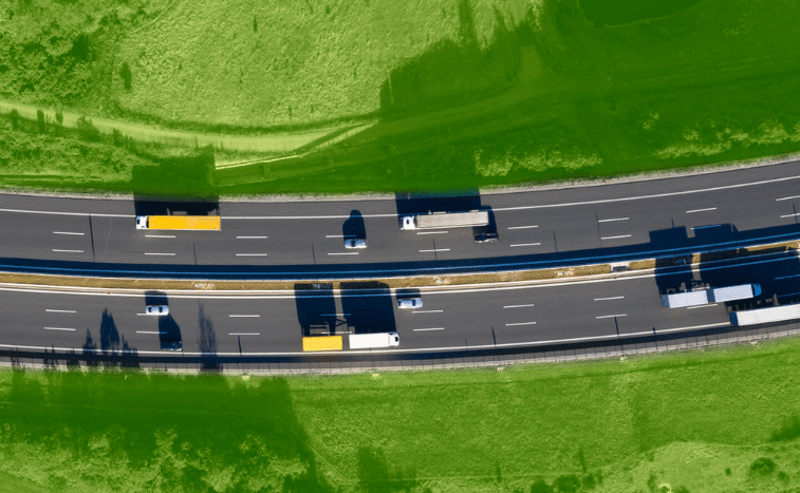In an industry where the transportation of freight by ocean, air and land is so reliant on fossil fuels, it seems impossible to meet any significant sustainability goals. How are logistics players going to vastly reduce freight emissions to meet worldwide carbon emissions metrics?
In a recent LinkedIn survey of Blume Global customers, nearly 70 percent of industry stakeholders said that their clients are pushing them toward more sustainable practices. A little more than 10 percent were focused on the impact of regulations forcing them to decrease their carbon emissions. Blume customers see supply chain visibility as a pressing issue in 2021, second only to the need to digitize logistics processes.
The best way to move toward sustainability is to examine internal processes. Don’t wait for autonomous trucks and more sustainable fuels; shippers, 3PLs and all other logistics stakeholders can take steps right now to reduce their carbon emissions. Innovative technologies offered by logistics technology companies can make a huge impact on supply chain sustainability by eliminating empty miles, improving asset efficiency, and even helping shippers and 3PLs measure the carbon impact of their supply chain decisions while they wait for cleaner energy sources. Utilizing technology to weigh CO2 emissions as a key criterion for carrier selection can also make an immediate difference.
Balance inventory and speed to reduce emissions
For retailers, supply chain sustainability is part of the conversation about inventory. Just-in-time inventory levels have helped retailers and other shippers grow without holding vast amounts of inventory in their warehouses, but I-need-it-now shipping practices prioritize speed at all costs. If shippers work to better balance customer demand and inventory levels, they can choose more sustainable, slower freight transportation options. Selecting service levels and modes with an eye toward supply chain sustainability, and not solely based on price, will help turn supply chain sustainability from a concept to an engrained practice. Every freight transportation user should be asking: Am I accounting for my carbon footprint when balancing logistics costs with inventory costs? This is part of the social and environmental responsibility of supply chain stakeholders.
Supply chain decisions are not static
Thinking about supply chain sustainability can also shift how companies view freight transportation in general. Instead of always using air cargo simply because cargo shipping is seen as a static decision, try selecting freight transportation routes and modes based on the most emissions-efficient option.
There’s no escaping the fact that the transportation industry needs to make sustainability a priority. One or two companies reducing empty miles through Blume Global's Domestic Reload and Street Turns solutions won’t move the needle on freight transportation emissions. It should be a concerted, focused effort.
Supply chain sustainability isn’t a passing fad, and there is a more mainstream acknowledgment of the costs of doing nothing than ever before. In its 2020 report on supply chain sustainability, the MIT Center for Transportation & Logistics and the Council of Supply Chain Management Professionals found that sustainability is becoming a mandate at the corporate level, with more than 80 percent of the 1,100 industry stakeholders surveyed saying sustainability is now an important issue. More than 45 percent of respondents said they were under pressure to adopt supply chain sustainability practices. Though corporations are starting to pay attention to supply chain sustainability, less than half of those surveyed in the CSCMP report know how to make their processes more sustainable.
The carbon-neutral supply chain technology provider Blume Global is part of the sustainability discussion at every logistics company, helping stakeholders make better, greener selections when considering freight transportation options and showing them how to use technology to reduce carbon emissions in the supply chain.
Ready to see how Blume can help with your supply chain sustainability goals?
contact us
Contact Us

